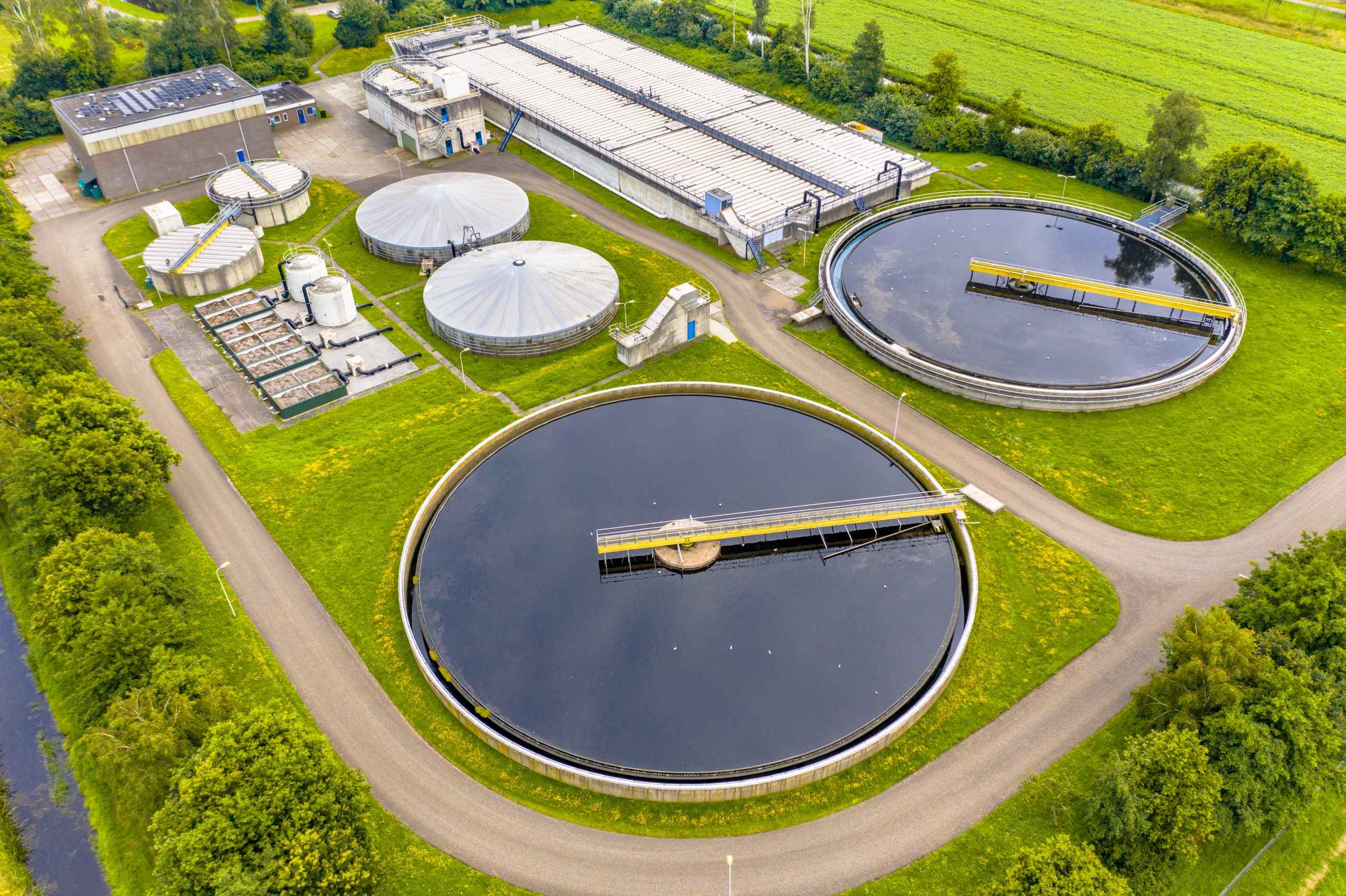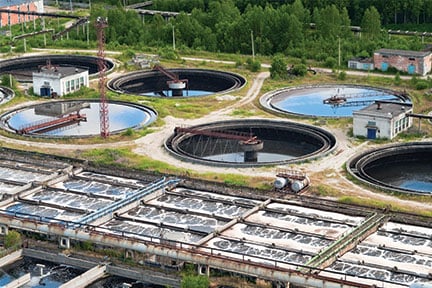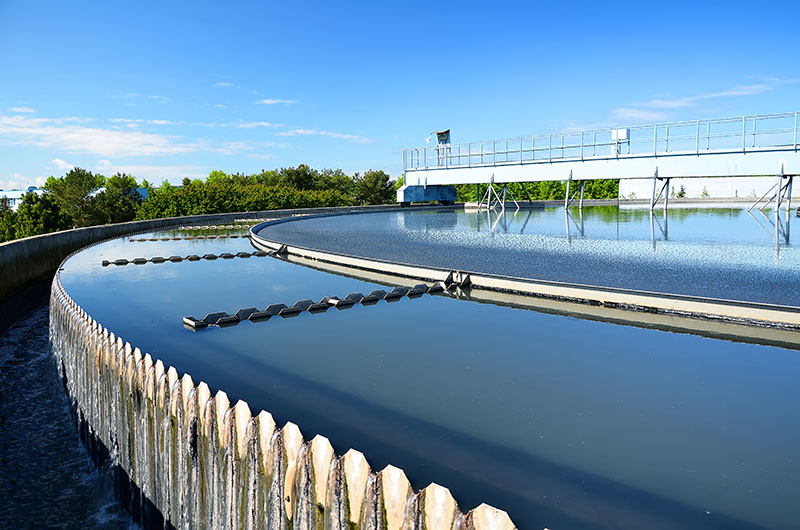The Importance of Innovative Wastewater Systems in Protecting Public Health
Wiki Article
Comprehending Wastewater Therapy Processes and Their Environmental Effect
The intricacies of wastewater treatment procedures play an essential duty in mitigating environmental challenges linked with water pollution. Each phase, from preliminary to advanced treatments, is made to address particular contaminants, ultimately protecting both public health and marine communities.Overview of Wastewater Therapy
How is wastewater transformed right into a safe source for the environment? Wastewater treatment is a crucial process designed to get rid of impurities from utilized water, thus safeguarding public wellness and securing communities. This procedure starts with the collection of wastewater from domestic, commercial, and industrial sources, which is after that directed to therapy facilities.At these centers, various physical, chemical, and organic techniques are used to treat the wastewater. Ultimately, biological treatments, such as turned on sludge processes, make use of bacteria to damage down organic matter.
The dealt with effluent can be securely discharged right into all-natural water bodies or recycled for irrigation and commercial purposes, promoting source preservation. In addition, the treatment process produces biosolids, which can be repurposed as fertilizers or soil amendments, additionally boosting sustainability.
Stages of Treatment Procedures
The wastewater therapy procedure commonly is composed of 3 key phases: initial, primary, and additional treatment. Each stage offers a distinct role in decreasing the toxin tons and making certain the effluent meets ecological criteria before discharge.
The main treatment stage focuses on the physical separation of put on hold solids from the wastewater. Via sedimentation, larger fragments settle at the end of sedimentation tanks, forming sludge, while lighter products, such as oils and oils, float to the surface area and are skimmed off. This process considerably decreases the organic and not natural lots in the wastewater.
Second therapy is a biological process intended at more lowering the focus of raw material. Numerous approaches, consisting of activated sludge systems and trickling filters, make use of bacteria to metabolize organic pollutants. This phase is necessary for accomplishing the required biochemical oxygen demand (FIGURE) reduction, inevitably bring about cleaner effluent prepared for discharge or further therapy. Each stage is crucial in protecting ecological and public health and wellness.

Advanced Therapy Technologies
Following the second treatment processes, progressed treatment modern technologies play an important role in further improving the quality of treated wastewater. These modern technologies are developed to get rid of residual pollutants that are not properly gotten rid of throughout primary More Help and additional therapies, making sure the effluent fulfills strict regulative criteria.Among the widely used innovative treatment techniques are membrane layer purification, reverse osmosis, and advanced oxidation processes. Membrane layer purification, consisting of microfiltration and ultrafiltration, works in separating great fragments, pathogens, and colloids from the water (Wastewater). Reverse osmosis utilizes semi-permeable membranes to eliminate liquified solids, causing premium water appropriate for numerous applications
Advanced oxidation procedures (AOPs) use strong oxidants to deteriorate organic contaminants, consisting of drugs and individual treatment items that are immune to standard therapy. These methods improve the biodegradability of complicated compounds, facilitating their removal.
Another significant technology is using biological nutrient removal processes, which specifically target nitrogen and phosphorus, avoiding eutrophication in getting water bodies. Overall, advanced treatment technologies are essential for achieving greater levels of purification, advertising water reuse, and guarding public wellness while resolving the obstacles connected with wastewater administration.
Environmental Benefits of Therapy
Countless environmental advantages emerge from efficient wastewater treatment procedures that add to ecosystem health and sustainability. Mostly, these procedures dramatically lower the release of hazardous pollutants right into natural water bodies, which helps keep water environments. By removing impurities such as hefty metals, nutrients, and virus, treated wastewater mitigates the threat of waterborne illness and promotes biodiversity in aquatic environments.Additionally, wastewater treatment centers commonly employ innovative innovations that enable water recycling and reuse. This technique not only preserves freshwater sources however also lowers the demand on all-natural water supplies. Boosted nutrient removal from wastewater can additionally avoid eutrophication, a procedure that results in algal blossoms and subsequent oxygen deficiency in water systems.
In addition, effective therapy procedures can reduce greenhouse gas exhausts, particularly methane and laughing gas, which are frequently released during neglected wastewater disintegration. By capturing and using biogas from anaerobic digesters, centers can transform waste into renewable resource, thus adding to a reduction useful site in nonrenewable fuel source dependence.
Challenges and Future Patterns
While the ecological advantages of wastewater treatment are clear, several difficulties linger that hinder optimal end results in this field. One major problem is maturing framework, which frequently causes inadequacies and increased operational expenses - Wastewater. Several treatment plants were created years back, and their capacities my site do not align with modern demands, that include stricter governing requirements and higher volumes of wastewater because of urbanization
Looking ahead, there is an expanding emphasis on resource recuperation and circular economy concepts within wastewater treatment. Technologies such as anaerobic food digestion, which can produce biogas, and progressed filtering technologies are gaining grip. These methods not just enhance therapy efficiency yet also advertise sustainability.
Eventually, addressing these obstacles needs collaboration among stakeholders, financial investment in innovation, and a dedication to continuous study. By embracing these fads, the wastewater treatment field can develop to fulfill the demands of a transforming atmosphere and culture.
Conclusion
To conclude, wastewater therapy processes play an essential role in improving ecological quality and public health and wellness. The multi-stage therapy framework, combined with innovative technologies, successfully mitigates contamination and advertises lasting water management. By dealing with recurring impurities and reducing vitamins and mineral drainage, these procedures contribute to the preservation of water ecological communities and the decrease of greenhouse gas emissions. Continued improvements and adjustments in therapy techniques will certainly be necessary for overcoming emerging difficulties and making sure the sustainability of natural deposits (Wastewater).Report this wiki page